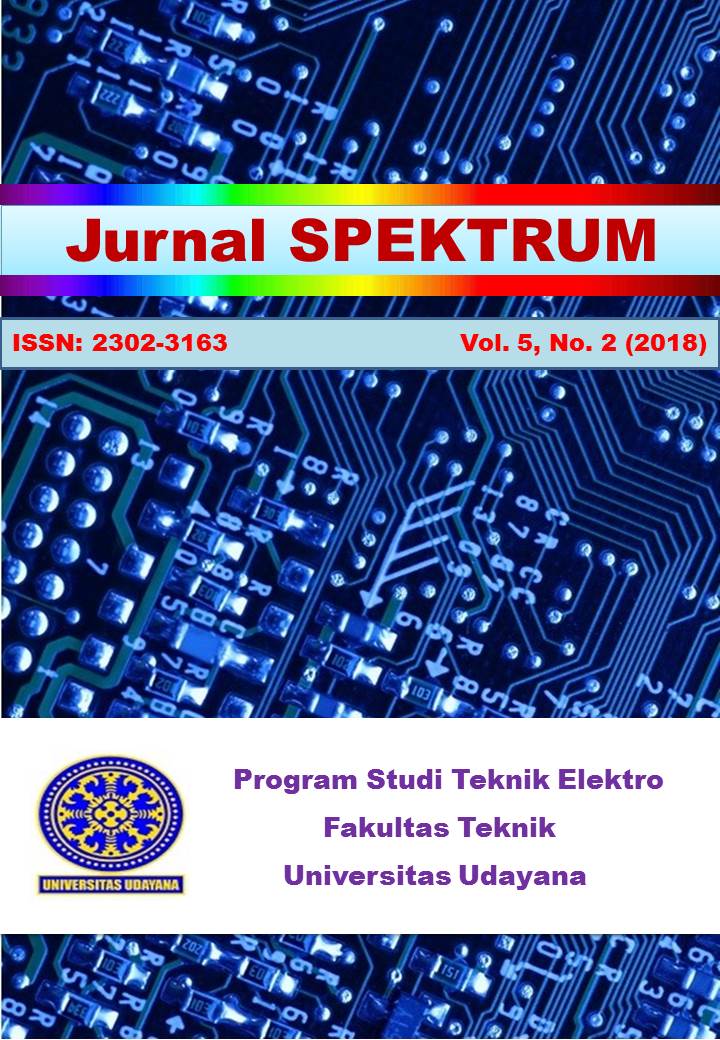RANCANG BANGUN SCORING BOARD MENGGUNAKAN JOYSTICK BERBASIS ARDUINO YANG DIGUNAKAN PADA LATIH TANDING TAEKWONDO
Abstract
Taekwondo is one of the martial arts competitions competed in the Olympics. Taekwondo comes from Korea, Tae means "kicking or destroying with legs"; Kwon means "boxing"; and Do means "road" or "art". The taekwondo match is led by a referee and a judge who is responsible for giving scores to athletes who get points. During taekwondo match training, the assessment is still done in a manual way so that electronic score equipment is needed that is portable and easy to operate. Based on this, there is a desire to make electronic score equipment used for taekwondo match training by creating a scoring board using an Arduino-based joystick. The Arduino-based scoring board uses two PS3 sticks that are connected to Arduino wirelessly using Bluetooth and received by the joystick receiver. The display value of this match training will be displayed on the LED Matrix display in the form of numbers / scores. The time and the taekwondo match training round are displayed on the seven segment display and are set at the beginning of the practice match using a blue joystick. When the match time runs out, there will be a sound issued by the buzzer. From the research conducted, it is expected to be able to facilitate assessment when competing in taekwondo training.
Downloads

This work is licensed under a Creative Commons Attribution 4.0 International License.



